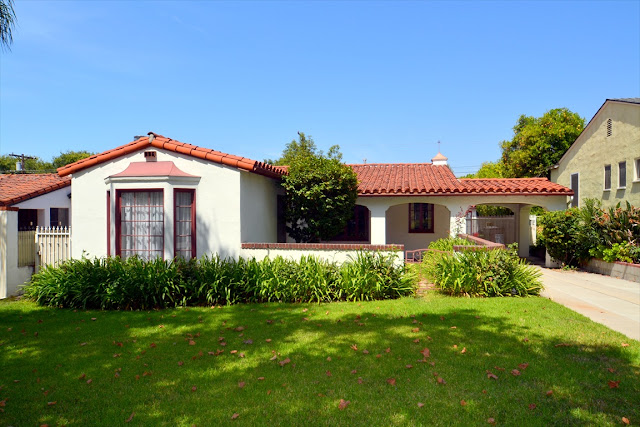Sustainable design for educational infrastructure in industrial zones (Page 1)
Industrial lands are the usual suspects of environmental degradation and the primary originators of the processes which lead to a significant dilution of air, soil and water quality. The above description, apt since the industrial revolution, still remains the abiding image of our times. Controlling environmental duality usually falls to the bottom of the priority pyramid due to a fast changing global scenario where cost competitiveness predominates corporate policy. And the need to keep costs low tends to come at the expense of mis-utilising local resources of water, land and air and a compromise also on the working environment for the industrial workers.
The following is an initiative to change this existing paradigm in the Meerut District of the State of Uttar Pradesh, India. The project is that of an educational facility, a school constructed within a sugar industry's campus for the children of the industry workers. The project, which was initially a simple school, over time, developed a broader and a deeper perspective with the involvement of the industry leaders and all other stakeholders. It was planned to be built, not just as an appropriate educational environment, but also possessing a number of exemplars in its inherent building program which form its ECO-logic, or its ecology based raison d'etre together with its Special emphasis on creating a child-friendly school environment. This focus on the environment is to be emphasised through the school's pedagogy as well and seeks to complement the concept behind the construction.
The existing small school which was present since many years in this sugar industry campus was fairly decrepit, lacking in infrastructure and also hope, as felt by many factory workers. In fact, a number of workers preferred to send their young children to far off schools. The area was fairly lacking in terms of appropriate facilities and the economic situation in the industry did nothing to improve matters. It was in this scenario that an idea to develop a school through a non-profit organisation emerged. This was essential, as one of the major challenges was to undertake a "hope renewal exercise" besides the infrastructure renewal one. The new school was thus proposed to be located adjacent to the old school and also in proximity to the worker's residences. This allows even younger children easy walking access to the school, rather than the tedium of having to walk large distances or having to undertake long public transport rides.
(Continues...)




Comments
Post a Comment